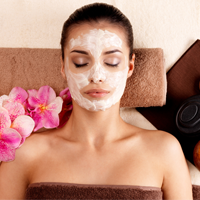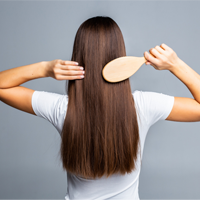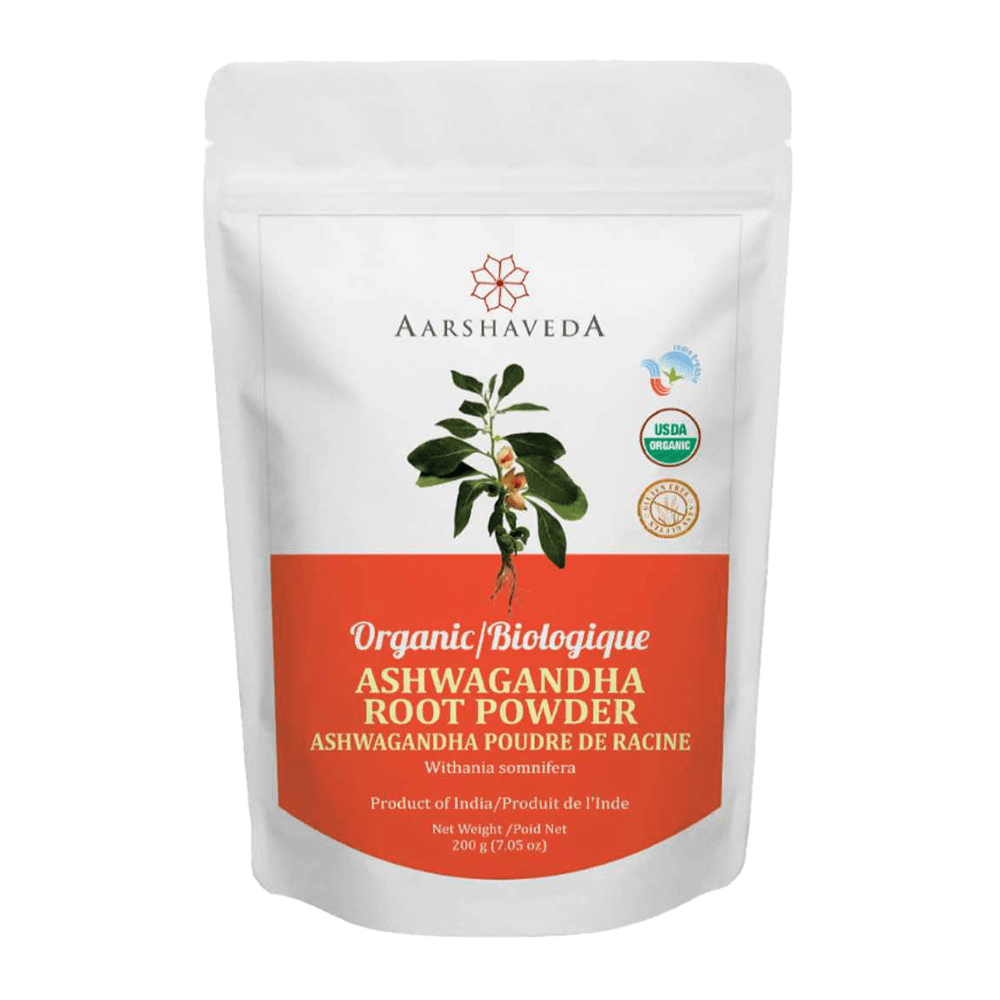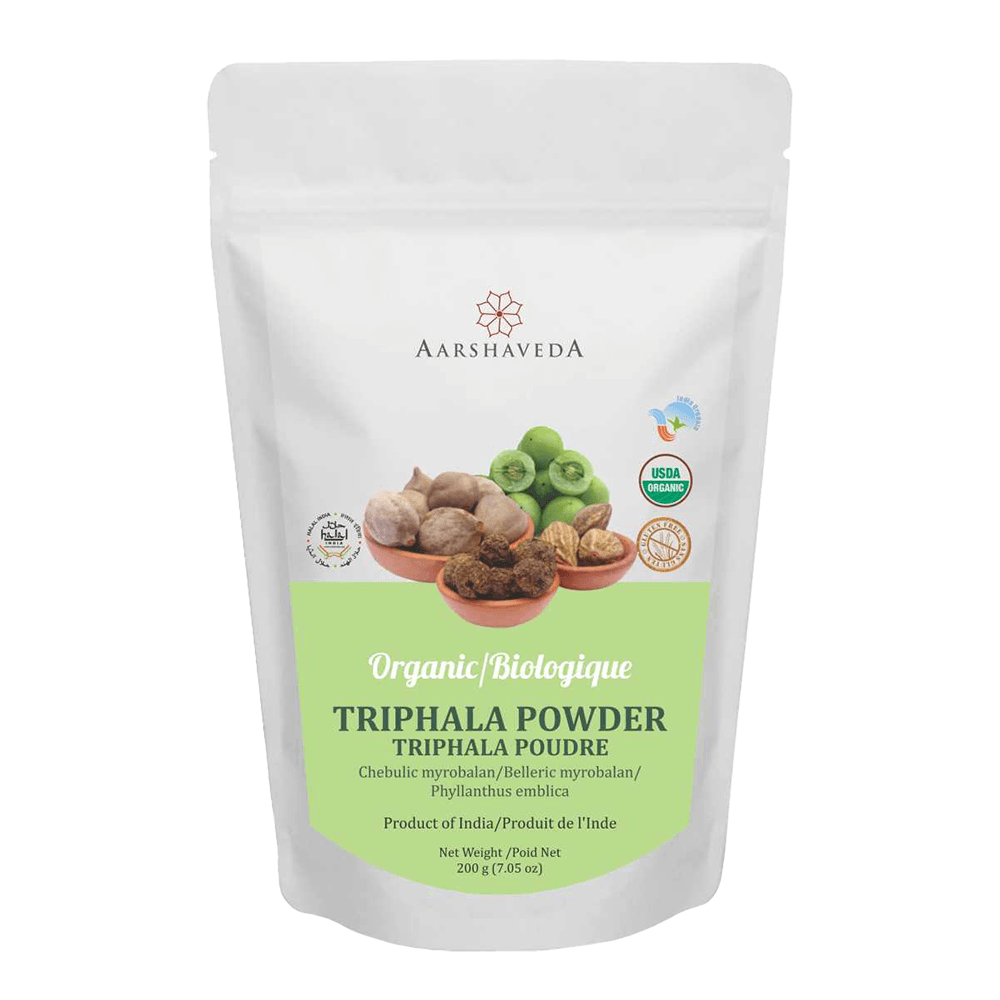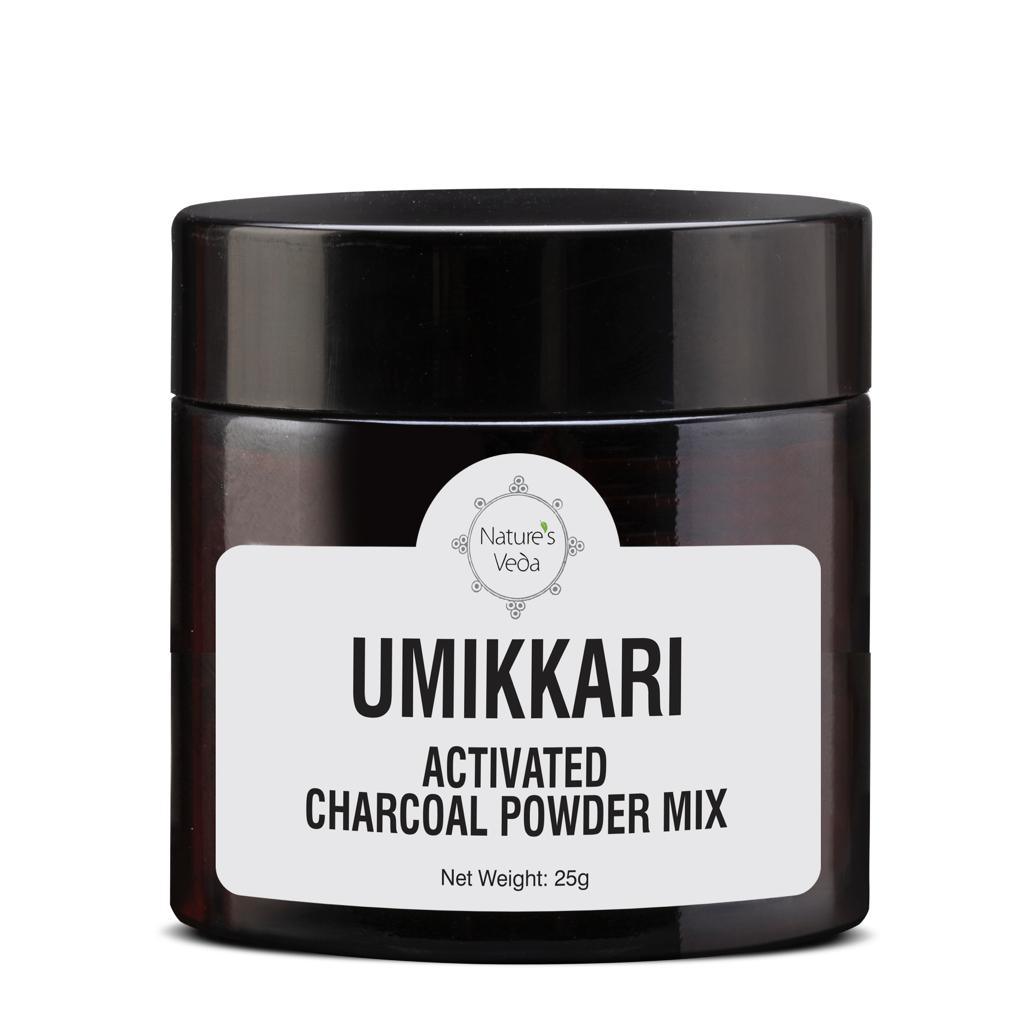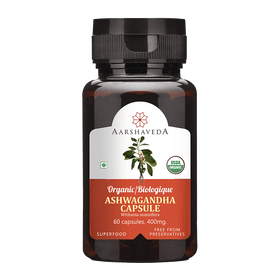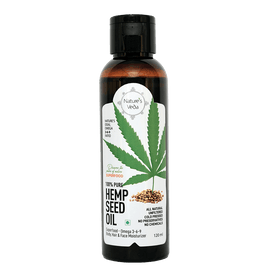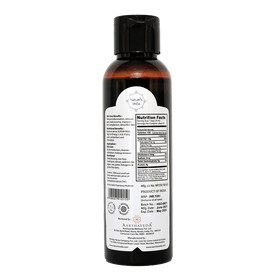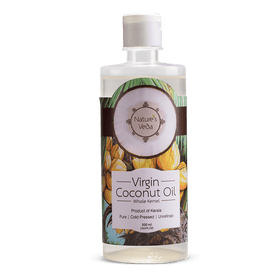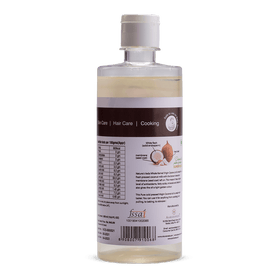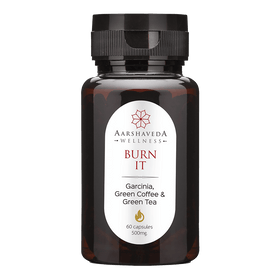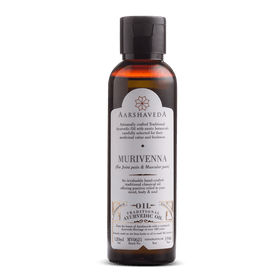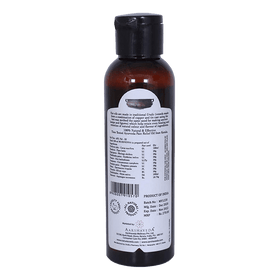
The Easy Baby Massage Guide
A gentle massage with the right oil can do wonders to your baby. Massaging known as Abhayangam in Ayurveda has known health benefits. Massaging the baby is a bonding time. Massaging should be done in a proper way so as to make this experience comfortable and stimulating for both mom and child.
It is important to note that there are significant variances between massage for grown-ups and massage for infants. It is essential to understand the correct strokes, ideal timing and duration of massage to avoid over-stimulation to infants.
Health Benefits of massage
Improves blood circulation
Increases flexibility
Gets rid of dead skin and dirt effectively
Nerves become healthier
Keeps the stomach healthy
Aids in better and deeper sleep
Helps to get rid of toxins from the body
Keeps skin healthy
Best massage oils for your baby:
The decision of what oil to use with your baby for massage is an important one. It is highly recommend using a pure cold pressed, organic, nut, or seed oil. These are easily absorbed by the skin and provide additional benefits to your child during and after the massage. Coconut and grape seed oils are the best for infant’s skin.
According to Ayurveda, pure or virgin coconut oil is the best oil for massaging applications. Dasapushpam denotes Ten Sacred Flowers of Kerala. These flowers have high medicinal values. The oil made by infusing The 10 sacred flowers in the purest oil- ” coconut oil” is considered to be the best BABY OIL.
As the skin absorbs these oils so easily there will be no oily residue remaining. This means you will not have to wash the oil off afterwards. Mineral oils should be avoided as they are not natural oils but made by chemical processes and is highly carcinogenic. Though olive oil is a natural product, its texture is too thick to be absorbed by the skin.
Timing matters…
Make sure your baby is in a happy mood before the start of any massage. You need to select a time when your baby is happy to lie down and gleefully receive massage.
Try not to massage your baby in conjunction with bath time if they are under 5-months of age. This can be over-stimulating to the nervous system.
There are no set rules regarding the duration of massage. Just go by what your baby is directing. If the baby wants more massage, and you’re happy to continue, then keep going. If you can see that she has had enough, then stop, regardless of the duration you managed to get through. Never massage your baby while she is crying.
Test the oil
Test the oil on a patch of your baby’s skin the first time you make it. Watch that area for at least 24 hours to see if your baby reacts to any ingredients in the oil. If there is any irritation, redness or dryness, do not use that oil for your baby’s massage and consult your doctor.
Is there any particular order to massage the baby’s body?
It is advisable to start from legs and feet of the baby. Then move onto the stomach and torso, follow it up with massaging the arms and hand, then baby’s face. Finally turn the baby over and massage on his back. If the baby can sit or can make him sit, then do the back massage in the sitting position. End the massage by giving slight exercise movements to the baby’s arms and legs. Use long firm strokes. Light, feathery massage can irritate/tickle your baby.
Massaging the legs
Always begin by massaging the legs. This is the least pushy way to begin a massage as the legs are touched repeatedly each day during nappy/diaper changes. Placing your hands directly on your baby’s chest or abdomen to begin massage can be discomforting, to many infants.
Massaging the chest
While massaging the chest, if your baby stops you by covering your hand with theirs, you should stop and move on to other area. Place the hands together in the middle of the chest; push out to the sides, following the ribcage. Bring the hands back to the central chest in a heart shaped motion without lifting hands from the body.
Massaging the Stomach
Massaging the stomach is an effective way to relieve gas and constipation. Stroke the baby’s stomach, one hand following the other. Repeat this exercise, grasping the baby’s legs by the ankle with your left hand and massaging the stomach with your right hand. Slightly press your thumbs near the baby’s navel and push out to the sides. When massaging your baby’s tummy be sure to massage from your left to right (i.e. a clockwise direction), and only massage on the lower half of their tummy.
Massaging the Face
Baby’s facial muscles become quite tense from sucking, teething and crying. Place your fingers flat in the middle of her forehead and push out to the sides. Press lightly over the eyes with your thumbs. Push up on the bridge of the nose and then down across the cheeks with your thumbs. Make a smile on the upper and lower lips using your thumbs. Use your fingertips to make small circles around the jaw. Massage the ears, backs of the ears and the chin with your fingertips.
Massaging the Back
Place the baby on your lap or on the floor and turn her over on her tummy. Place both hands at the top of the back at right angles to the spine. Move your hands back and forth in opposite directions, moving up and down the back from the shoulders to the buttocks. Keep your right hand on the buttocks and stroke your left hand down to meet the right at the buttocks. Now hold the legs with your right hand and repeat the motion, swooping your left hand down all the way down to the ankles. Make small circles on the back with your fingertips.
Hormones stimulated by infant massage provide bonding and attachment between parent and baby. Massage is a lovely way to express your love and care to your baby and you may find it relaxing too!


